Russian Mossie Prang ...
Wed Jun 11, 2014 12:10 pm
Originally posted by Mark Allen. Images restored, 11-02-2018. Scott WRG Editor
Figure I'll turn an error thread into something a bit better.
Mosquito Mk IV DK296 at the Soviet research institute on 15th May 1944 after what looks to be a real hard landing ...
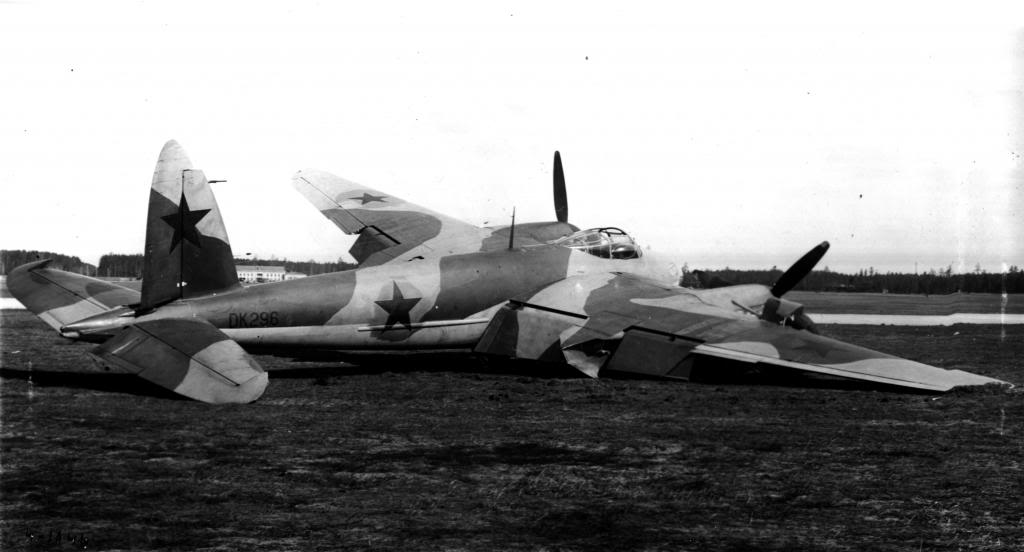
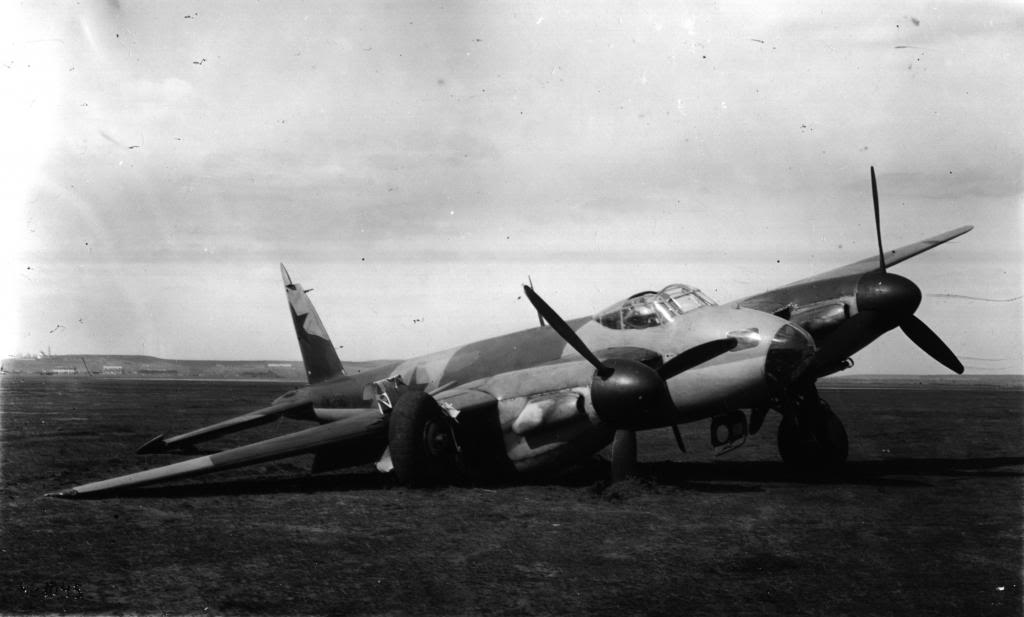
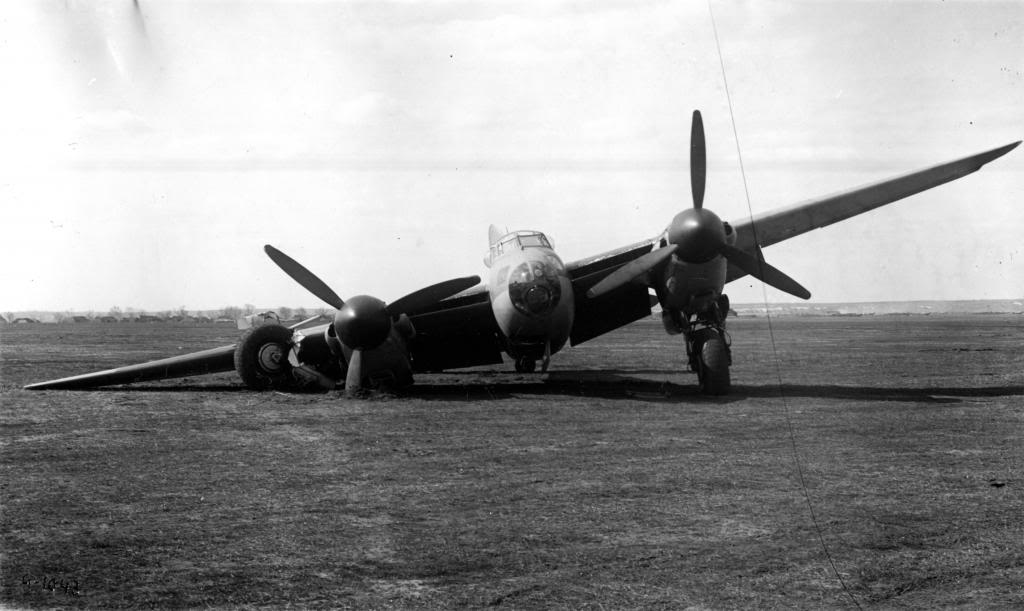
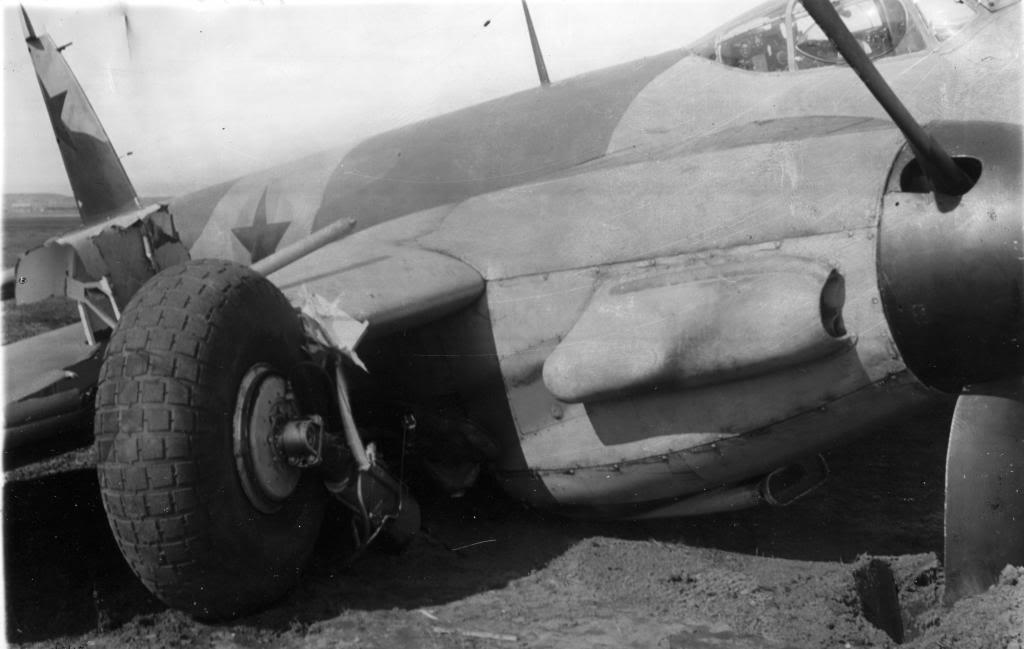
Figure I'll turn an error thread into something a bit better.
Mosquito Mk IV DK296 at the Soviet research institute on 15th May 1944 after what looks to be a real hard landing ...




Last edited by Mark Allen M on Wed Jun 11, 2014 3:59 pm, edited 2 times in total.
Re: Video Test ... Sorry error in posting.
Wed Jun 11, 2014 1:25 pm
... and a nice shot of a war prize
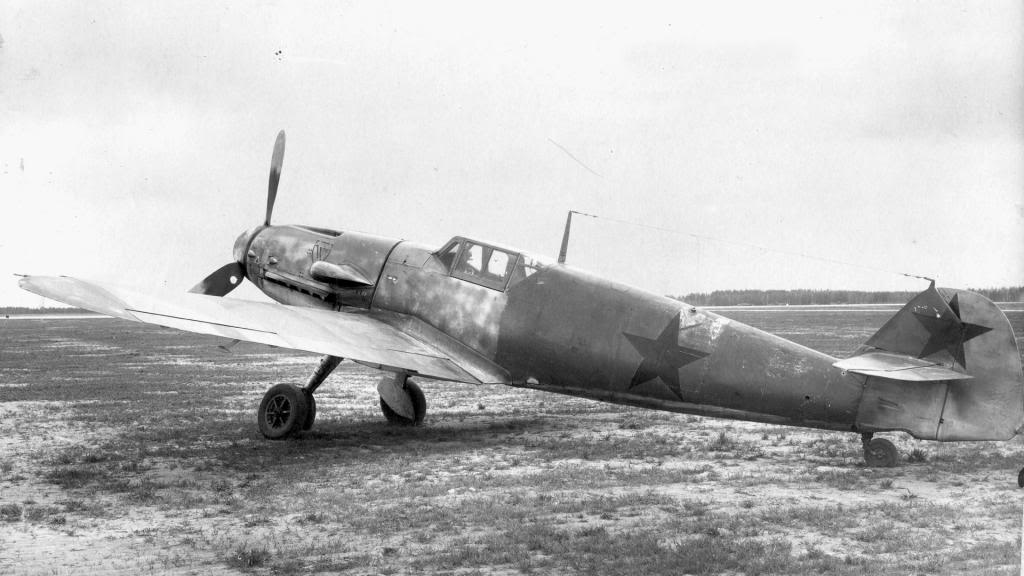
German fighter Messerschmitt Bf 109 g-2 (14513) on tests at the Research Institute of the AIR FORCE of the Red Army.

German fighter Messerschmitt Bf 109 g-2 (14513) on tests at the Research Institute of the AIR FORCE of the Red Army.
Re: Russian Mossie Prang ...
Wed Jun 11, 2014 11:09 pm
It's been quite awhile since I've blown the dust off my brain's -109 file, but I think that's either a G1 or a G3. I don't see the fresh air scoop below the windshield of a G2. But I haven't thought about it for so long that it's pretty much just a shot from the hip. 
Neat picture. That Mosquito's gonna need a lot of T-88!
Dan

Neat picture. That Mosquito's gonna need a lot of T-88!
Dan
Re: Russian Mossie Prang ...
Thu Jun 12, 2014 10:01 pm
15 MAY 1944
de Havilland Mosquito Mk.IV
Soviet Air Force
Registration DK296
Fatalities: 0
Occupants: 2
Other fatalities:0
Airplane damage: Substantial
Location: Sverdlovsk - Russia
Phase Take off
Departure airport:
Destination airport:
Narrative:
Ex RAF de Havilland Mosquito Mk IV, DK296, formerly flown by 105 Squadron as 'GB-G', delivered to the Soviet Union for testing on 19 April 1944 by Soviet flight crew, is written off this date in landing accident at Sverdlovsk when pilot A. I. Kabanov loses control with engines at low power setting, turns to port, runs off runway, shears off undercarriage and skids to a stop on its belly.
Pilot and navigator P. I. Perevalov unhurt.
This was the ninth flight of DK296 (which never received a Soviet serial) since it arrived in Russia and was the only Mosquito delivered to Russia.
Kabanov was the Deputy Director of the Scientific Research Institute of the Air Force at this time, and had much experience flying foreign types
de Havilland Mosquito Mk.IV
Soviet Air Force
Registration DK296
Fatalities: 0
Occupants: 2
Other fatalities:0
Airplane damage: Substantial
Location: Sverdlovsk - Russia
Phase Take off
Departure airport:
Destination airport:
Narrative:
Ex RAF de Havilland Mosquito Mk IV, DK296, formerly flown by 105 Squadron as 'GB-G', delivered to the Soviet Union for testing on 19 April 1944 by Soviet flight crew, is written off this date in landing accident at Sverdlovsk when pilot A. I. Kabanov loses control with engines at low power setting, turns to port, runs off runway, shears off undercarriage and skids to a stop on its belly.
Pilot and navigator P. I. Perevalov unhurt.
This was the ninth flight of DK296 (which never received a Soviet serial) since it arrived in Russia and was the only Mosquito delivered to Russia.
Kabanov was the Deputy Director of the Scientific Research Institute of the Air Force at this time, and had much experience flying foreign types
Re: Russian Mossie Prang ...
Thu Jun 12, 2014 10:07 pm
DK296 was Delivered to 105 RAF Sqd as GB-K, by September 1942 it had been re-coded GB-G for S/L DAG (George) Parry DSO DFC RAF who had always used the code “G” on his aircraft.
While with 105 Sqn it claimed one bird strike and a chimney pot!
It was flown on most operations by S/L Parry including a raid on the Gestapo HQ in Oslo on 25 September 1942 and the raid on the Philips factory at Eindhoven on 6 December 1942.
In mid 1943 Sqn Ldr WW "Bill" Blessing RAAF crashlanded the Mosquito at RAF Marham, breaking its back.
DK296 was withdrawn from use on 24 August 1943 and then rebuilt and placed into storage at 10 Maintenance Unit at RAF Hullavington.
In September 1943 it was issued to 305 Ferry Training Unit at RAF Errol, where it was given Russian markings and trained Russian Aircrews who were converting to Albemarles.
On 20 April 1944, DK296 was sent to Russia, being officially accepted there on
31 August 1944 and subsequently serving in the Red Air Force.
Its final fate is unknown.
While with 105 Sqn it claimed one bird strike and a chimney pot!
It was flown on most operations by S/L Parry including a raid on the Gestapo HQ in Oslo on 25 September 1942 and the raid on the Philips factory at Eindhoven on 6 December 1942.
In mid 1943 Sqn Ldr WW "Bill" Blessing RAAF crashlanded the Mosquito at RAF Marham, breaking its back.
DK296 was withdrawn from use on 24 August 1943 and then rebuilt and placed into storage at 10 Maintenance Unit at RAF Hullavington.
In September 1943 it was issued to 305 Ferry Training Unit at RAF Errol, where it was given Russian markings and trained Russian Aircrews who were converting to Albemarles.
On 20 April 1944, DK296 was sent to Russia, being officially accepted there on
31 August 1944 and subsequently serving in the Red Air Force.
Its final fate is unknown.
Re: Russian Mossie Prang ...
Fri Nov 02, 2018 3:33 pm
Images restored
Re: Russian Mossie Prang ...
Sun Nov 04, 2018 11:26 am
Two of the prop tips on the right engine are not bent suggesting that engine was not making power when the prop hit the ground. Could be the right engine quit.
Re: Russian Mossie Prang ...
Sun Nov 04, 2018 5:23 pm
Time to spare one evening so I had another look at these photographs.
OK, I am no expert in crash investigation but I think this mishap is the end of a ground loop.
In photo 2, there is what could be a wingtip scrape scar on the ground. The mainwheel is in front of the wing as against under or to the rear of the wing if the aircraft had had forwarded motion. As previously commented the right hand propeller has minimum damage while there is also minimum damage to the ground around the aircraft suggesting low speed and rotation of the aircraft to the right just before coming to a standstill.
Irrespective of my thoughts, great photographs to view, thank you.
FITD
OK, I am no expert in crash investigation but I think this mishap is the end of a ground loop.
In photo 2, there is what could be a wingtip scrape scar on the ground. The mainwheel is in front of the wing as against under or to the rear of the wing if the aircraft had had forwarded motion. As previously commented the right hand propeller has minimum damage while there is also minimum damage to the ground around the aircraft suggesting low speed and rotation of the aircraft to the right just before coming to a standstill.
Irrespective of my thoughts, great photographs to view, thank you.
FITD